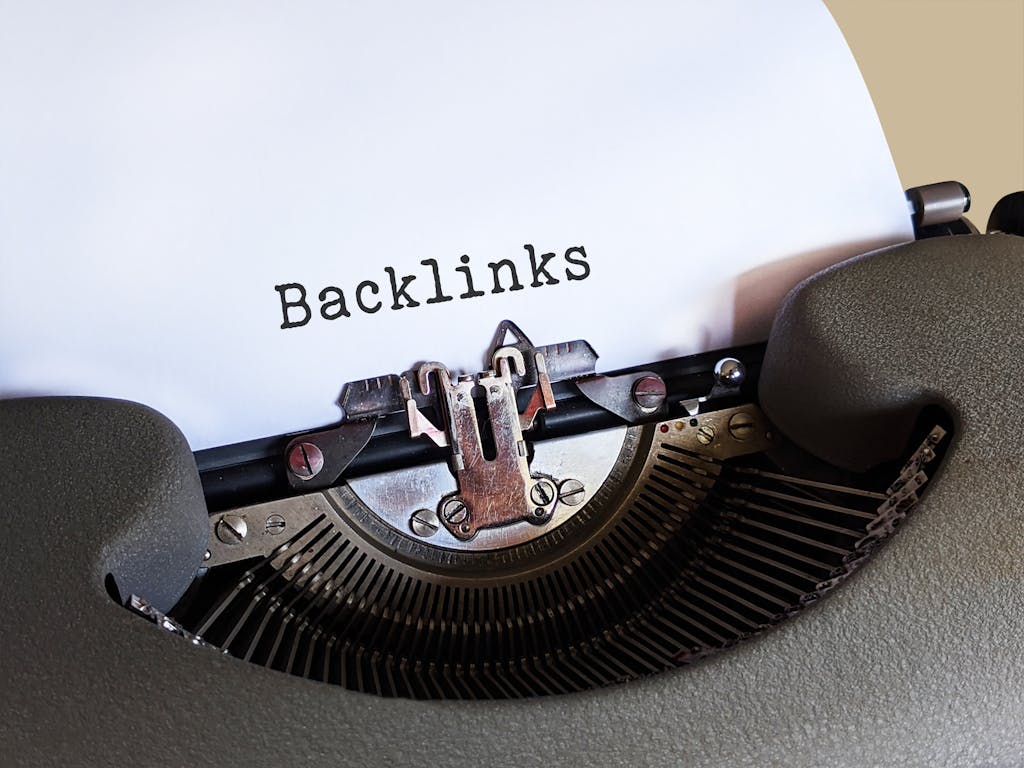From Words to Sales: How to Write Copy that Converts
Introduction
Copywriting plays a crucial role in marketing as it is the art of crafting persuasive and compelling messages that drive action from the target audience. Whether it’s a website, email, social media post, or advertisement, effective copywriting can make all the difference in capturing attention, building trust, and ultimately converting leads into customers. In this article, we will explore various aspects of copywriting and provide tips and examples to help you improve your skills and achieve better results.

Understanding the Psychology of Your Target Audience
Before you start writing copy, it’s essential to have a deep understanding of your target audience. This involves identifying who they are, what their needs and wants are, and what pain points they are experiencing. By understanding their motivations and desires, you can tailor your copywriting approach to resonate with them on a deeper level.
To identify your target audience, start by conducting market research and creating buyer personas. These personas represent your ideal customers and include demographic information, interests, challenges, and goals. Once you have a clear picture of who your audience is, you can use this information to create copy that speaks directly to their needs and desires.
Crafting a Compelling Headline to Grab Attention
The headline is the first thing your audience sees, and it plays a crucial role in capturing their attention and enticing them to read further. A compelling headline should be concise, clear, and intriguing. It should also convey the main benefit or value proposition of your product or service.
To create attention-grabbing headlines, consider using power words that evoke emotion or curiosity. For example, words like “discover,” “unleash,” or “secret” can pique interest and make readers want to learn more. Additionally, using numbers or statistics in your headlines can make them more specific and compelling.
Here are a few examples of effective headlines:
– “Discover the Secret to Doubling Your Sales in Just 30 Days”
– “Unleash Your Creativity with Our Innovative Design Software”
– “5 Proven Strategies to Boost Your Website Traffic”
Using Emotional Triggers to Connect with Your Readers
Emotional triggers are powerful tools in copywriting as they tap into the emotions and desires of your audience. By appealing to their emotions, you can create a deeper connection and motivate them to take action.
Some common emotional triggers include fear, desire for success, desire for belonging, and desire for self-improvement. To use emotional triggers effectively, it’s important to understand your audience’s pain points and desires. For example, if you are selling a weight loss product, you can tap into the desire for self-improvement and the fear of not being able to achieve their goals.
However, it’s important to be authentic in your emotional appeals. Avoid using manipulative tactics or making false promises. Instead, focus on genuinely understanding your audience and providing solutions that can help them overcome their challenges.
Highlighting the Benefits of Your Product or Service
When writing copy, it’s important to focus on the benefits of your product or service rather than just listing its features. Benefits are the positive outcomes or results that your audience will experience by using your product or service. By highlighting these benefits, you can show your audience how your offering can solve their problems or improve their lives.
To effectively highlight benefits, start by identifying the key pain points or challenges that your audience is facing. Then, explain how your product or service can address these pain points and provide a solution. Use specific examples and storytelling techniques to make the benefits more tangible and relatable.
Here are a few examples of benefit-focused copywriting:
– “Our time-saving software will help you streamline your workflow and increase productivity by 50%.”
– “Say goodbye to back pain with our ergonomic office chair that provides optimal support and comfort.”
– “Experience smoother, younger-looking skin with our anti-aging serum that reduces wrinkles and improves skin texture.”
Creating a Sense of Urgency to Encourage Action
Creating a sense of urgency in your copy can be a powerful motivator for your audience to take immediate action. Urgency implies that there is a limited time or opportunity available, which can create a fear of missing out and prompt your audience to act quickly.
To create urgency, you can use techniques such as limited-time offers, countdown timers, or scarcity tactics. For example, you can offer a discount that is only available for a limited time or highlight that there are only a few spots left for a workshop or event.
However, it’s important to create urgency without being pushy or manipulative. Be transparent and honest with your audience about the reasons for the urgency and ensure that the offer or opportunity is genuinely valuable.
Using Social Proof to Build Trust and Credibility
Social proof is a powerful psychological phenomenon where people look to others for guidance on how to behave or make decisions. By showcasing social proof in your copy, you can build trust and credibility with your audience.
There are several types of social proof that you can use in your copywriting, including testimonials, case studies, reviews, and endorsements. These provide evidence that others have had a positive experience with your product or service, which can help alleviate any doubts or concerns your audience may have.
When using social proof, it’s important to be authentic and transparent. Use real testimonials or reviews from satisfied customers and provide specific details about their experiences. Avoid using generic or fabricated testimonials as they can undermine your credibility.
Writing Clear and Concise Copy for Easy Understanding
Clarity and simplicity are key in copywriting as you want your message to be easily understood by your audience. Avoid using jargon or complex language that may confuse or alienate your readers. Instead, use clear and concise language that is easy to digest.
To write clear and concise copy, start by identifying the main message or takeaway you want to convey. Then, eliminate any unnecessary words or phrases that do not add value to the message. Use short sentences and paragraphs to make the copy more scannable and visually appealing.
Here are a few examples of clear and concise copywriting:
– “Get fit in just 30 minutes a day with our at-home workout program.”
– “Save time and money with our all-in-one accounting software.”
– “Learn a new language in record time with our interactive online courses.”
Incorporating Call-to-Actions to Guide Your Readers
A call-to-action (CTA) is a prompt that encourages your audience to take a specific action, such as making a purchase, signing up for a newsletter, or contacting you for more information. CTAs are essential in copywriting as they guide your readers towards the desired outcome.
When creating effective CTAs, be clear and specific about what you want your audience to do. Use action verbs and provide a sense of urgency or incentive to encourage immediate action. Additionally, make sure your CTA stands out visually by using contrasting colors or buttons.
Here are a few examples of call-to-action-focused copywriting:
– “Buy now and get 20% off your first order!”
– “Sign up for our newsletter and receive exclusive discounts and updates.”
– “Contact us today for a free consultation.”
Testing and Measuring Your Copy for Optimal Results
Testing and measuring your copy is essential for optimizing your marketing efforts. By analyzing the performance of your copy, you can identify what works and what doesn’t, and make data-driven decisions to improve your results.
To test your copy, consider using A/B testing where you create two versions of your copy with slight variations and measure which one performs better. You can test different headlines, CTAs, or even the overall structure of your copy. Additionally, track key metrics such as click-through rates, conversion rates, and engagement to measure the effectiveness of your copy.
By continuously testing and measuring your copy, you can make incremental improvements over time and achieve better results.
Continuously Improving Your Copywriting Skills for Long-Term Success
Copywriting is a skill that can always be improved, and continuous learning and development are essential for long-term success. Stay updated with the latest trends and best practices in copywriting by reading books, attending webinars or workshops, and following industry experts.
Additionally, practice your copywriting skills regularly by writing mock copy for different scenarios or industries. Seek feedback from peers or mentors to gain insights and improve your writing.
Resources for further learning and development include books such as “The Copywriter’s Handbook” by Robert Bly, online courses like “Copywriting for Beginners” on platforms like Udemy, and industry blogs and websites such as Copyblogger and Neil Patel’s blog.
Conclusion
Effective copywriting is a crucial component of successful marketing campaigns. By understanding the psychology of your target audience, crafting compelling headlines, using emotional triggers, highlighting benefits, creating a sense of urgency, incorporating social proof, writing clear and concise copy, incorporating call-to-actions, testing and measuring your copy, and continuously improving your skills, you can create persuasive and impactful messages that drive action from your audience. Remember to always put your audience first and provide value in your copy to build trust and long-term relationships with your customers.






